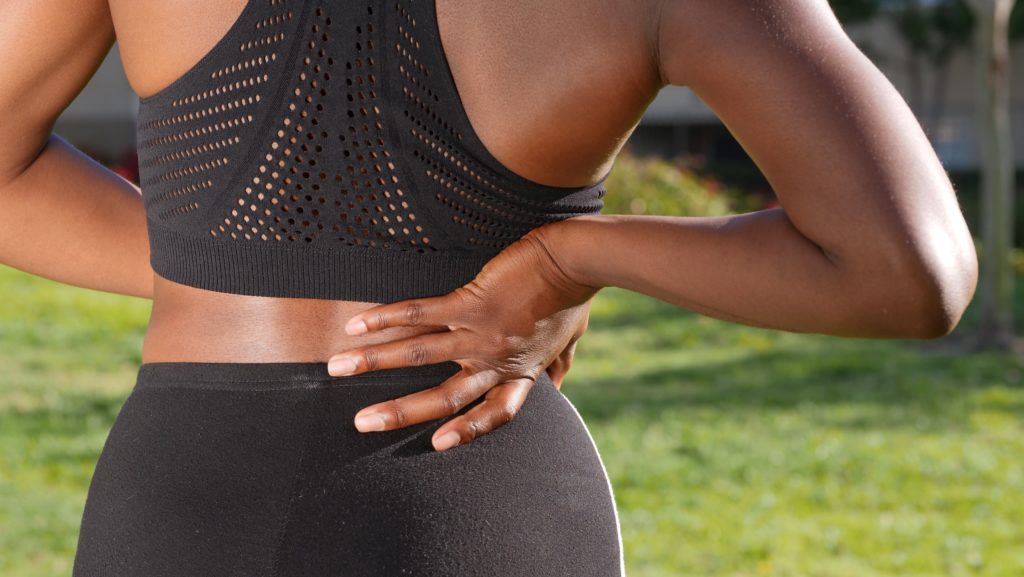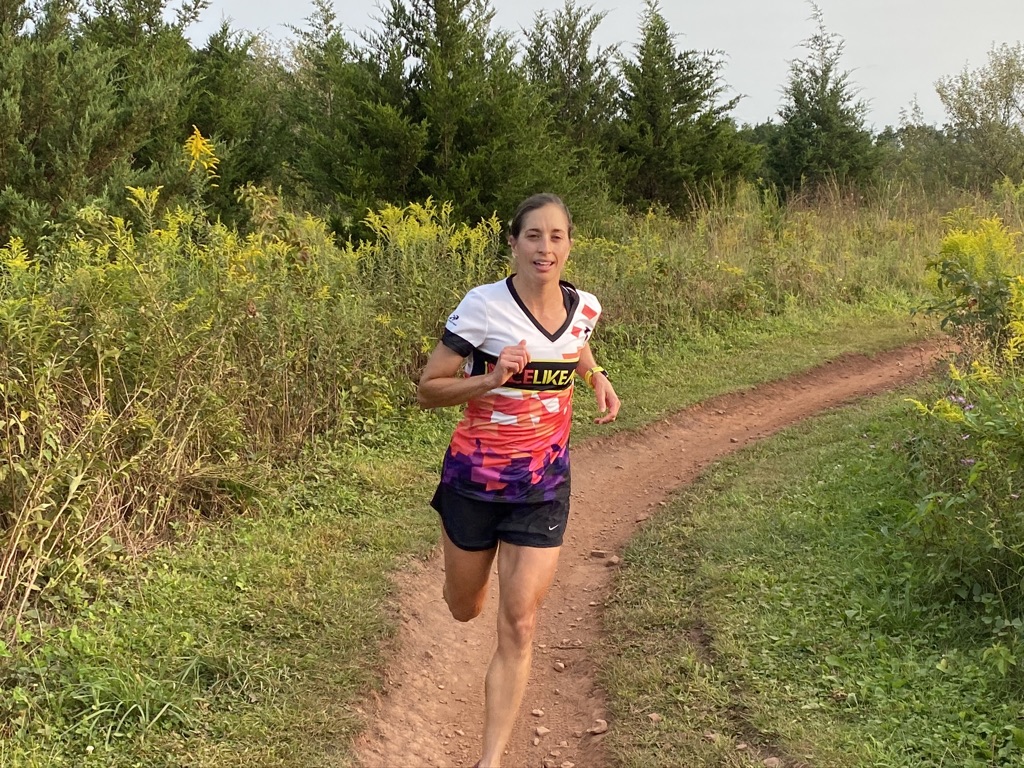How To Prevent Overuse Injuries

As an athlete, you want to show up to the starting line having gone through a training program injury free. The question you may ask yourself is: how do I prevent overuse injuries. With three disciplines to master, triathletes are particularly vulnerable to overuse injuries. One of the challenges of triathlon is balancing training volume with adequate recovery to avoid injury. It is estimated that 50-60% IRONMAN distance athletes sustain an overuse injury every season (1).
Here are six tips on how to prevent overuse injuries:
Increase Mileage Slowly
It is especially important for newer triathletes to increase overall time and distance training slowly. A small increase of 10% total time per week allows connective tissue (muscles, tendons, ligaments) to strengthen without tearing or breaking in addition to increasing endurance.
Don’t Skip Recovery Days and Back Down Weeks
Recovery is just as important as hard training days. During recovery days, the body is able to “catch up” on cellular repair. Running in particular is hard on connective tissue due to the impact forces sustained with each foot strike. Micro tears and trauma can occur to the connective tissue, which without time to repair will lead to long lasting injury.
Strength Training
Focus on different planes of motion (ex: lateral) to work different muscle groups and stabilizers than what is used during biking/running. Body weight exercises are great if you’re an athlete who has no access to weights. Incorporate strength training into your plan, 1 to 2 times per week.
One of the keys to good running and biking form is a strong core. Your core isn’t just that 6-pack of abs, but it does include your abdominal muscles. It also includes your lower back, glutes, and hip flexors. Lastly, since running is a single-leg activity, athletes should also include balance work that isolates each leg. This will help identify weaknesses and give you an opportunity to correct imbalances before they cause injuries.
Run On Soft Surfaces As Much As Possible
It is estimated that the force exerted from the ground through the lower leg is 7-8 times an athlete’s body weight. That impact will go from your foot and up through your body. Running on a softer surface will reduce that impact and the chance for injury. Try alternating running on bark or dirt trails as opposed to asphalt or concrete for every run.
Train For Your CURRENT Ability and Fitness
Whether you hire a coach or are self coached, patience is going to be the key to success and avoiding injury. What I mean by patience is that by sticking to heart rate zones and/or perceived effort your fitness will get better. That means you aren’t starting where you want to be on race day, but slowly building your fitness so that when you peak you’re right at race day. By training at your current fitness ability, which will change over time, your chances of getting to the starting line injury free will also improve.
Listen To Your Body
There is no benefit from training through an injury and will only prolong the recovery process. This will add mental stress to an already stressed out body. The earlier you rest an injured area, the sooner you’ll be returning to training and racing.
In addition to not training through an injury, there is no benefit from doing a hard workout when you’re feeling exhausted before you start. Overall fatigue affects form; poor form, especially at high intensity, can result in injury.
These six tips on how to prevent overuse injuries will help you enjoy the training process and be prepared to race when you show up to the starting line.
(1)Arora H (2018) Measures to Prevent Overuse Injuries in Triathlon Athletes. J Physiother Rehabil 2:1.

Dr. Leah Roberts is a board-certified, Emergency Medicine physician with a special interest in female endurance athletes and preventative primary care. She holds a BA in biochemistry from Barnard College, a MS in Nutrition from Columbia University and a MD from Temple University School of Medicine. She did her her Surgical internship at Temple University Hospital and her Emergency Medicine residency at Cooper University Hospital (Camden, NJ). Dr. Roberts currently splits her clinical time between practicing in the Emergency Room at Robert Wood Johnson University Hospital at Somerset and and as a primary care physician with SteadyMD. Dr. Roberts is a regular contributor to triathlete.com and a ten-time IRONMAN (IM) finisher (PR 9:47) with an amateur win at IM Lake Placid 2018. She is also a four-time IM World Championship qualifier, a three-time Olympic Distance World Championship competitor and an IM 70.3 World Championship qualifier.
Dr. Roberts is currently the team physician for IRACEALIKEGIRL Endurance Team.








